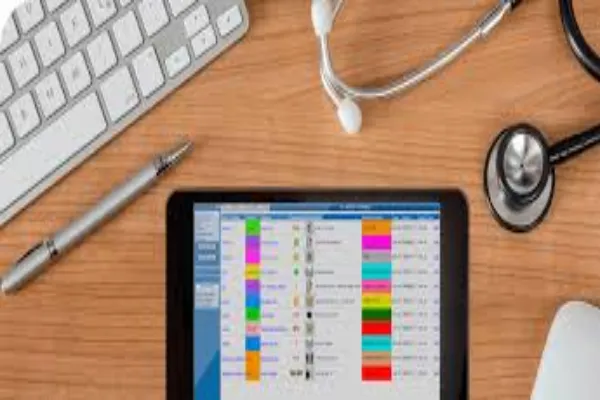Struggling With Patient Tracking? Fix It Digitally

Tracking patient records efficiently is the backbone of a well-functioning healthcare practice. Yet, many professionals still rely on outdated, manual processes that lead to errors, inefficiencies, and frustration—for both staff and patients.
The good news? Digital solutions can completely revamp how you manage patient data. Whether you’re a small practice or part of a larger network, adopting these strategies can help you streamline your workflow, enhance accuracy, and improve overall patient care.
1. Identify Gaps in Your Current Patient-Tracking Processes
Before adopting a new solution, take time to analyze what’s not working in your current system. Are paper records leading to misplaced documents? Is your team wasting hours manually inputting data? Understanding these pain points is essential to finding a solution tailored to your practice’s needs.
Gather input from staff members who work with patient data daily. This will help highlight areas for improvement and ensure that any changes resonate across the team.
2. Ditch Paper Records for Digital Solutions
Paper records make healthcare workflows unnecessarily clunky. Shuffling through files wastes time, introduces errors, and poses security risks. Transitioning to a paperless system doesn’t just improve efficiency; it modernizes your entire approach to patient care.
Invest in tools that digitize patient data and securely store it. With software for orthodontics, healthcare providers can manage appointments, treatment plans, and patient records seamlessly, reducing room for human error.
3. Use a Centralized System for Easy Access
Disorganized records across multiple platforms can lead to duplicated efforts or, worse, vital information being overlooked. A centralized system ensures that every record is stored and retrieved effortlessly, streamlining collaboration between team members.
Platforms offering integrated patient management tools are invaluable, letting everyone—from receptionists to healthcare providers—stay on the same page.
4. Automate Routine Administrative Tasks
Manually handling repetitive administrative tasks like appointment scheduling, patient reminders, and billing is time-consuming and prone to error. Automating these tasks not only boosts productivity but also enhances the patient experience.
For instance, automated appointment reminders reduce no-show rates, while systems integrated with tasks like billing ensure payments are accurate and on time.
5. Leverage Scalable Systems for Future Growth
Your practice needs tools that grow along with it. Investing in scalable software ensures that as patient numbers increase or new services are introduced, your digital solution can adapt without needing a complete overhaul.
When considering scalable options, ensure the system supports adding more users, handling additional cases, and automating new workflows to future-proof your practice.
6. Provide Comprehensive Staff Training
Introducing a new digital system only succeeds when the staff knows how to use it confidently. Training sessions are critical to familiarizing employees with new tools and workflows, ensuring smooth integration.
Offer hands-on onboarding sessions, and encourage staff to provide feedback. This will help everyone quickly adapt to the digital transition and allow you to address any challenges upfront.
Transitioning from outdated systems to digital patient tracking tools is one of the best investments a healthcare practice can make. It saves time, reduces errors, and enhances both staff efficiency and the patient experience. Take the first step to modernize your workflows and unlock the potential of digital transformation in healthcare today.




